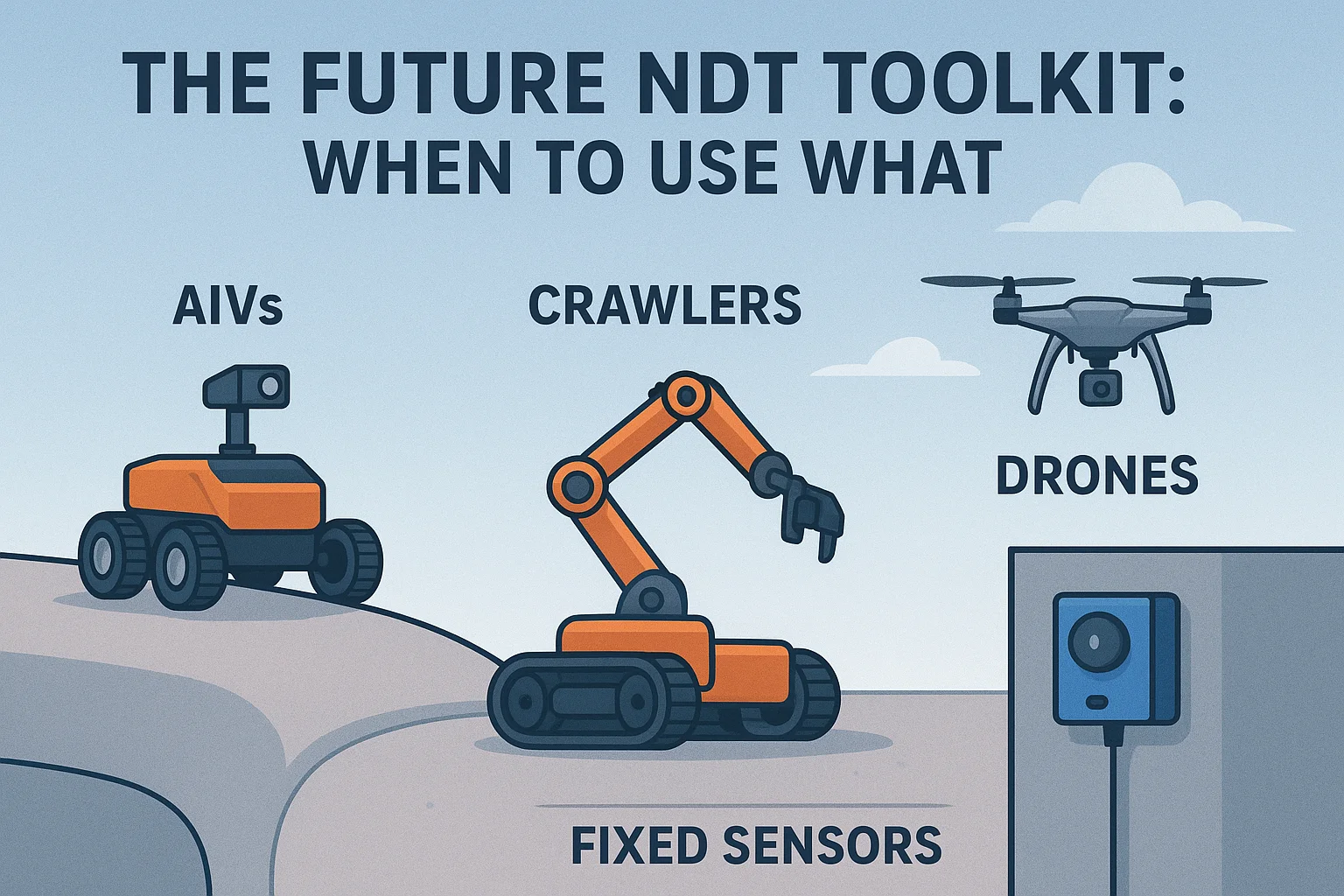Inspections Track Software For Oil and Gas Inspection Industry

When it comes to drilling operations in the oil and gas industry, drill pipes play a critical role. These tubular components are responsible for transmitting torque and fluid from the surface to the drill bit, making them essential to the success and safety of your operations.
In this guide, we’ll break down the types of drill pipe, their applications, and key differences — while also showing how tools like InspectionsTrack help ensure they’re inspected, compliant, and ready for action.
A drill pipe is a seamless, hollow steel pipe that transmits drilling fluid and rotational power from the drilling rig to the drill bit. These pipes are a part of the drill string, a key structure that drives the drilling process in oil and gas exploration.
Not all drilling jobs are the same. Choosing the correct type of drill pipe impacts:
With so much riding on your drill pipe, understanding the types available is essential for making informed decisions.
Here’s a breakdown of the three primary types of drill pipe used in oil and gas operations:
| Type | Purpose | Weight Category | Common Use Case |
|---|---|---|---|
| Standard Drill Pipe | Transmits torque and fluid during drilling | Light | Shallow to medium-depth drilling |
| Heavy Weight Drill Pipe | Adds weight and flexibility between pipe & collar | Medium | Directional or extended reach wells |
| Drill Collars | Provide weight to drill bit for efficient cutting | Heavy | Deep vertical drilling |
Drillers most commonly use this type of drill pipe in oil and gas operations. Manufacturers typically use high-strength steel to produce it and design it to withstand pressure, torque, and vibration.
Key Features:
HWDP serves as a transition between the standard drill pipe and drill collars. It reduces stress and fatigue in the drill string and helps maintain wellbore stability in horizontal or directional drilling.
Advantages:
Engineers add thick-walled, heavy steel drill collars to the bottom of the drill string. Their weight helps keep the drill bit in contact with the formation and provides a steady downward force.
Read More : ultimate checklist for drill pipeline inspections
Usage Tip: These are crucial in deep well drilling where straightness and pressure control are key.

Drill pipes are available in various API grades, such as E-75, X-95, G-105, and S-135 — each offering different tensile strengths and load capacities.
| Grade | Tensile Strength (psi) | Use Case |
|---|---|---|
| E-75 | 75,000 | Light duty and shallow wells |
| G-105 | 105,000 | Deeper, more intense drilling |
| S-135 | 135,000 | Ultra-deep, high-pressure zones |
Note: The right grade ensures longer tool life and improved performance in harsh environments.
Drill pipe manufacturers primarily use the following materials:
Even the best drill pipes need regular inspections to stay safe and operational. That’s where InspectionsTrack comes in — a digital inspection platform tailored for the oil & gas industry.
Key Features:
Whether you’re checking for wear, thread damage, or bending — InspectionsTrack makes it easier, faster, and fully compliant.

Understanding the types of drill pipe and selecting the right one is critical to drilling efficiency and safety. But just as important is ensuring these pipes are regularly inspected and well-documented.
With InspectionsTrack, oil and gas companies can:
🛢️ Ready to digitize your drill pipe inspections?
👉 Start your free demo today
Read more : types of dropped objects in oil and gas industry
Carbon steel is the most commonly used material due to its strength and cost-effectiveness.
It depends on usage, but routine inspections should be scheduled after every run or based on the number of drill hours.
Yes, InspectionsTrack allows offline inspections with automatic sync once back online.

Introduction: Why the Inspection Mindset Matters In modern oil and gas operations, safety cannot rely solely on checklists. While checklists ensure compliance, they rarely capture the deeper insights needed to prevent failures. Therefore, the real…

Introduction: The Evolving Landscape of NDT Non-Destructive Testing (NDT) has entered a new era one defined by automation, robotics, and real-time data intelligence. Traditional manual surveys still matter, yet modern inspection teams now rely on…
SkySoft Connections provides quality IT services around the globe. Our services begin with experience and end with dedication, ensuring innovation and reliability
© Copyrights, 2024 All Rights Reserved Skysoftconnections
Contact us
Get notified about new articles
Comment (1)
How Often Should Pressure Gauges Be Calibrated? - inspectiontrack
Jul 28, 2025[…] Read more : types of drill pipe […]
Comments are closed.